Revolt of 1857
by Devender
0 2716
The Revolt of 1857 was one of the biggest revolts in Indian history however it still ended as unsuccessful. It was against the British East India Company who called it a sepoy mutiny.
Causes for Revolt of 1857
- British Expansionist Policies:
- Economic Exploitation:
- Socio-Cultural Reasons:
- The abolition of sati, support to widow-remarriage, and women’s education by Britishers were seen as religious interference by foreigners
- Hindu religion at that time used to consider that crossing the seas meant the loss of caste
- Despite that, Lord Canning’s Government passed the General Service Enlistment Act in 1856
- Political Exploitation:
- They used to get fewer salaries
- Fewer chances of promotion considering their counterpart Britishers
- Another cause for resentment among sepoys was the abolition of foreign service allowance (Bhatta) when serving in Sindh or Punjab
- More Immediate Reasons:
- However, the grease of these cartridges was reportedly made of beef and pig
- It made sepoys believe that their religion is in danger
- It didn't cause discontent in the army but only brought out all the anger outside
- The revolt started with Mangal Pandey on 29th March 1857
- He refused to use these new cartridges and killed his officer at Barackpore, Bengal
- He was hanged and his regiment disbanded with sepoy who were guilty of rebellion were punished
- It started a chain reaction, many sepoys started refusing to use these new cartridges
- In May 1857, 85 sepoys were sentenced to imprisoned for refusing to use greased cartridges at Meerut.
- Nana Shaheb: He led the revolution from Kanpur with the help of his lieutenants Tatya Tope & Azimulla
- Beghum of Avadh, Hazrat Mahal: She led the revolution from Lucknow with the help of peasants, zamindars & sepoys
- Rani Lakshmi bai: She was widow queen of Gangadhar Rao and she led the revolution from Jhansi along with Tatya Tope
- Kunwar Singh: He was a ruined zamindar who led the revolution from Bihar
- Khan Bahadur: He led the revolution from Bareilly
- Maulvi Ahmadullah: He led the revolt from Faizabad
- This ended the Mughal empire in India completely
- The revolt came to an end in 1858 with Britishers emerging victorious
- Lord canning proclaimed peace over India
- The superiority of Britishers over different resources such as communication, transportation, and ammunition failed the revolt
- There was no plan or strategy of revolt whereas Britishers were always one step ahead of revolutionaries
- The electric telegraph always kept the commander-in-chief informed
- Britishers were able to tackle every move of the revolt
- Points of Prominence:
The British policies like the Annexation policy, Doctrine of lapse, and Restrictions on Royal families (Subsidiary alliance) were not likable to Indians.
Britishers imposed high land revenue and taxes on Indian people. They used to have a discriminatory tariff policy against Indian products and destroyed the traditional handicrafts industry. Mechanization of the industry was done and they were draining the wealth of India.
Even Karl Marx remarked in 1853, "It was the British intruder who broke up the Indian handloom & destroyed spinning-wheel. England began with depriving the Indian cotton from the European market; it then introduced twist into Hindustan and in the end inundated the very mother country of cotton with cotton".
The Britishers carried the superiority complex among them. They used to think that they are better than Indians. The decision of the government to tax the land of Temples and mosques also brought major resentment among people. The Religious Disabilities Act, 1856, which modified Hindu customs was not acceptable to people.
It stated that all future recruits in the Bengal Army would have to give the undertaking to serve anywhere required by the Government. This act also caused a lot of resentment.
The administration used to forfeit the land rights of the Zamindars using quo warranto. The Indian sepoy was also not happy with the administration because:
The annexation of Awadh which was home to many sepoys also hurt their feelings
Reports surfaced that Britishers were mixing bone dust in Atta (Flour) which hurt the sentiments of many people. The introduction of the new Enfield rifle used cartridges that needed to be bitten off before loading.
Beginning of Revolt
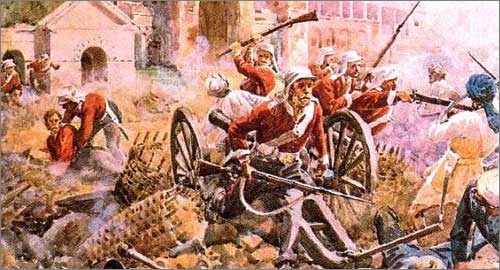
It started an open rebellion where sepoys shot their officers and released their fellow sepoys. They started heading towards Delhi where they captured Delhi the very next morning. The army made Mughal king Bahadur Shah Jafar, the Emperor of India but the real power was in hands of general Bakht Khan who was the leader of the revolt of Bareilly troops. It was his plan to bring them to Delhi.
Famous leaders of Revolt
Suppression of Revolt
The Britishers captured Delhi in September 1857 after a long war. The Mughal king Bahadur Shah was taken prisoner and sent to Rangoon on exile where he died in 1862.
Causes of failure of Revolt
The biggest reason for failure was there was no single leader who could organize the whole revolt. It didn't even embrace the whole of India as only 1/10th of the total population and 1/4th of the total area of India was involved with it. One thing that also hurt the revolt was many Indian society sections like moneylenders, educated men, and merchants were against this revolt.
Although the revolt of 1857 came out as unsuccessful it shook the very foundation of the British Government. It led to the Hindu-Muslim unity where common men got up to fight against the government. The racial hatred and suspicion between the Indians and Britishers grew even more after this.

Share:

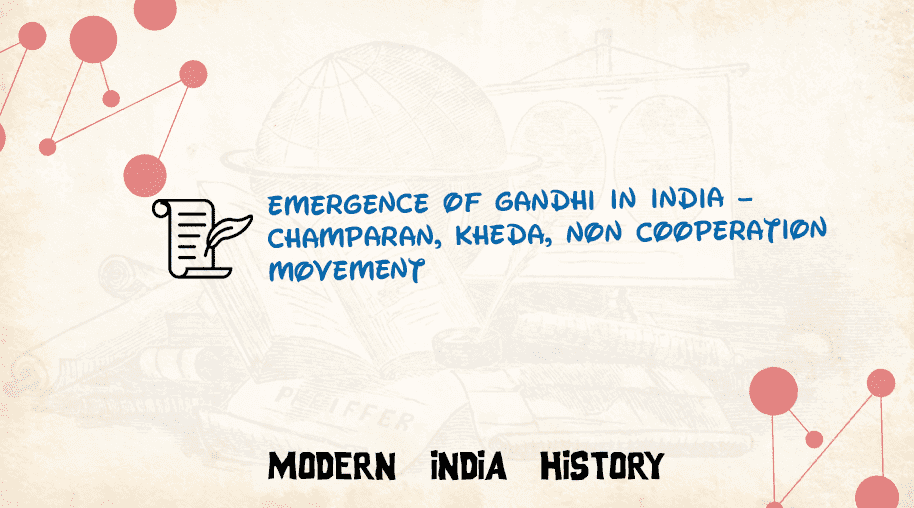
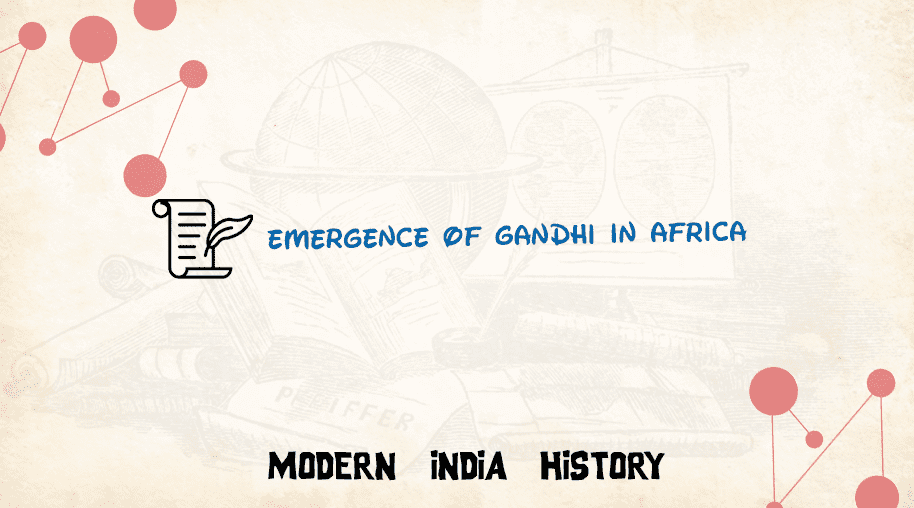
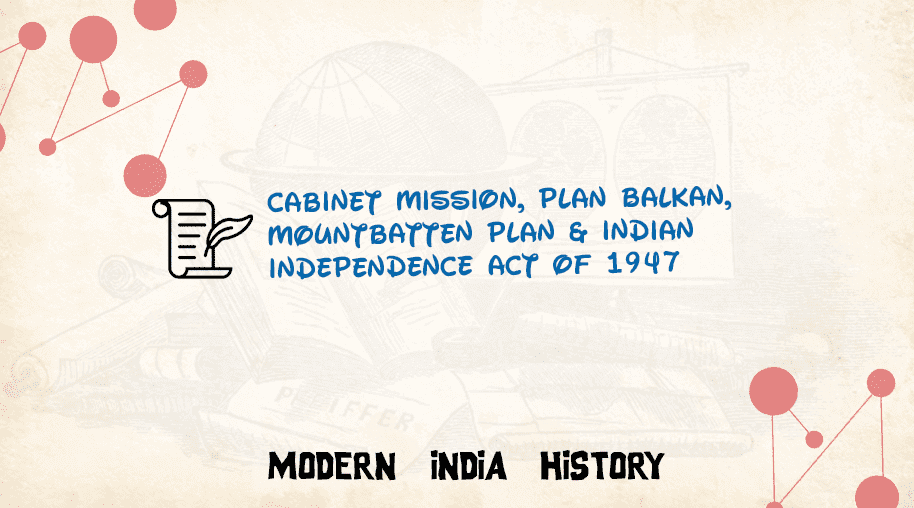
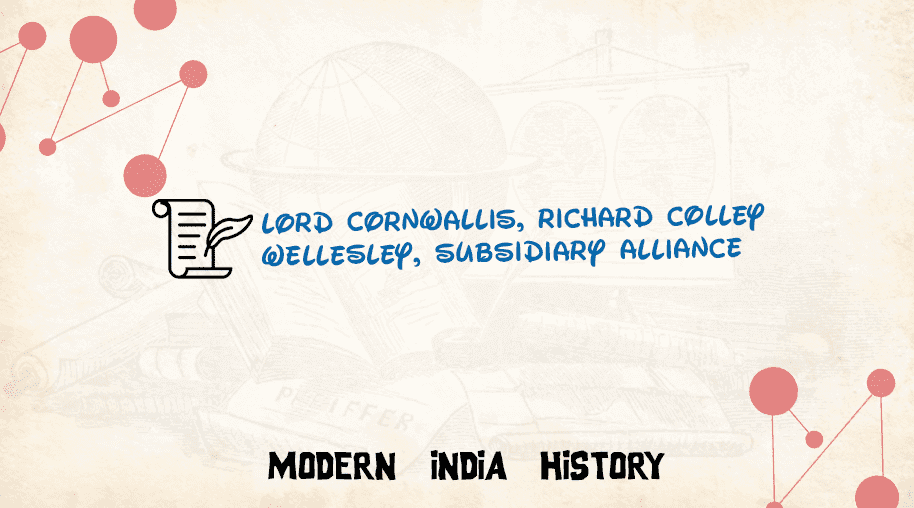


Comments
Waiting for your comments